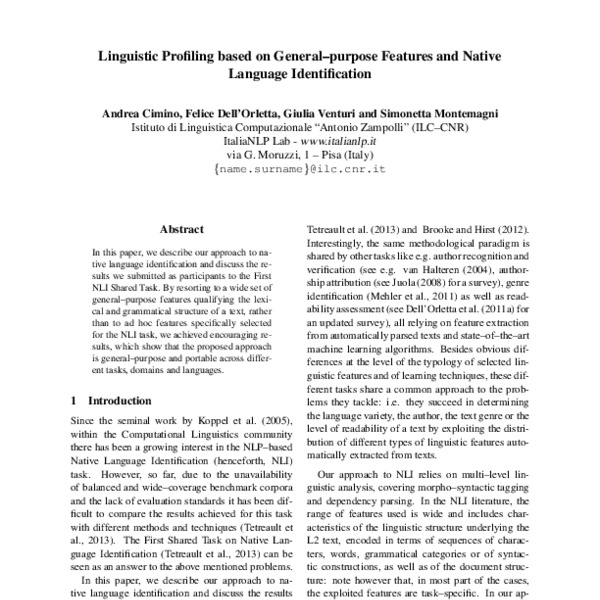

Uga is headed by an Igwe, the title often used to denote the forms of kingship that have emerged and been adopted throughout southeastern Nigeria in the twentieth century (for a discussion see Harneit-Sievers 1998, Matsumoto 2003). These extended as far as Arochuku, with whom they had married in the mid-nineteenth century (Anaedobe and Ezenwaka 1982:33). Historically it had wide-ranging relations with both neighboring and more distant village clusters (with which it was often in alliance or conflict). It consisted until recently of four village units-Umueze, Awarasi, Umuoru, and Oka-spatially contiguous with each other and has a population of some 20,000 individuals. Uga (1) is located in southeastern Nigeria in Aguata Local Government Area (LGA) in Anambra state, along the Nnewi-Okigwe expressway in Nigeria, some 40 km (25 mi.) eastwards from Onitsha on the river Niger (Fig. This research examines the challenges that changing localized circumstances pose to masquerade practice in one locale in southeastern Nigeria. During this time, in many places in southeastern Nigeria, famous and long-standing masquerade associations have disbanded and their masks and costumes burnt as testimonies to the efficacy of Pentecostalism, affirming the successful conversion of former masquerade members. However, in the last two decades, new mass movements of Christian evangelism and Pentecostalism have emerged, successfully exhorting their members to reject masquerade as a pagan practice. Innovation and change in terms of iconography, ritual, and dramatic presentation have always been important components to these performances, as well as flexible adaptations and responses to changing social circumstances (Figs.

Masked performances organized by male associations are a distinctive feature of public performance among Igbo-speaking peoples of southeastern Nigeria (Jones 1984, Cole and Aniakor 1984) and have been the subject of attention by African art historians in the twentieth century (Ottenberg 1975, Aniakor 1978, Ugonna 1984, Henderson and Umunna 1988, Bentor 1995).


 0 kommentar(er)
0 kommentar(er)
